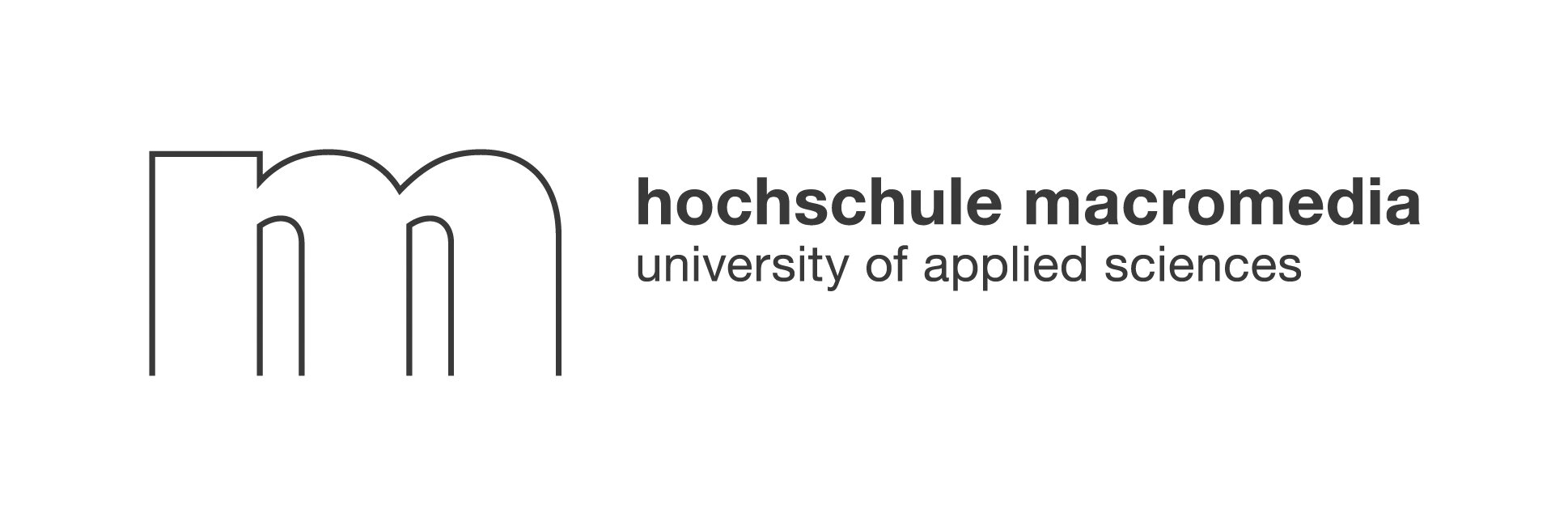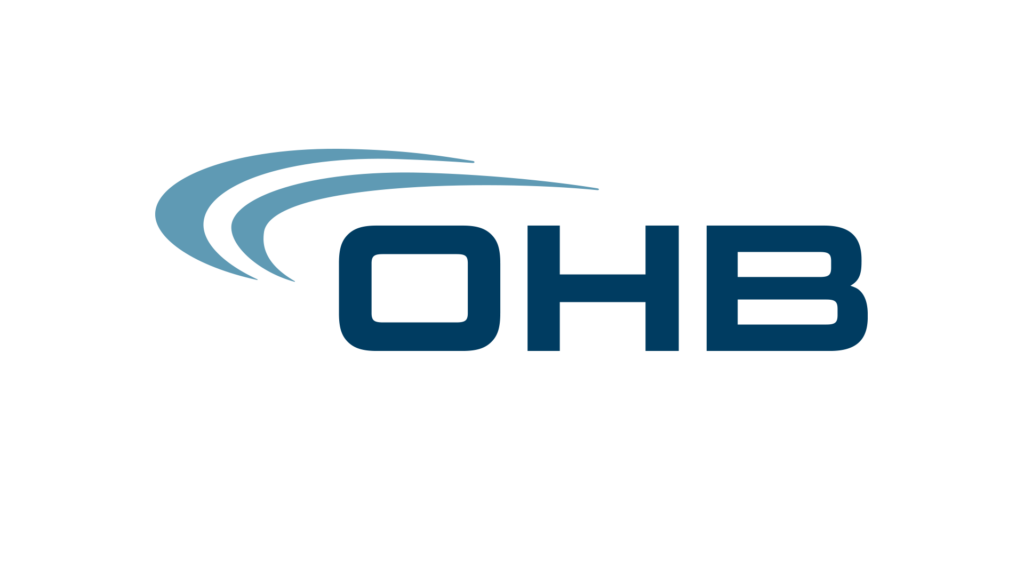Employee engagement has never been more important—or more challenging—than in today’s hybrid, fast-changing workplace. In 2025, organizations face a new reality: traditional engagement programs often miss the mark, leaving employees feeling disconnected despite a calendar full of company events. What if the secret to thriving teams lies not in large, generic initiatives, but in authentic, AI-powered connections that make every employee feel seen and valued?
This playbook unpacks the meaning, drivers, and measurement of employee engagement, then explores why Neroia’s AI-driven micro-events are redefining how companies build vibrant, connected cultures—especially in hybrid work environments.
What Is Employee Engagement?
Employee engagement is the emotional and mental connection employees feel toward their work, team, and organization. It’s not about fleeting happiness or basic job satisfaction; true engagement means employees are invested, motivated, and eager to contribute to shared success. Engaged employees go beyond their job descriptions—they innovate, support their peers, and champion the company’s mission.
Engagement vs. Satisfaction, Happiness, and Wellbeing
It’s easy to confuse engagement with similar concepts, but each has a distinct meaning:
- Satisfaction is about being content with conditions—like pay, hours, or benefits—but doesn’t guarantee extra effort.
- Happiness is a temporary mood, influenced by perks or positive events, but it doesn’t measure commitment to the organization’s goals.
- Wellbeing focuses on an employee’s overall health and life balance, which supports engagement but is not the same as it.
“Employee engagement is a deep, long-term connection to the organization—not just a short-term boost from a fun event or a pay raise.”
The Four Levels of Engagement in Today’s Workforce
Engagement isn’t black and white. Most employees fall into one of four categories:
Understanding where your people fall on this spectrum is the first step to building a more engaged workforce.
Why Employee Engagement Matters to Your Business

Employee engagement is more than a buzzword—it’s a proven driver of business success. Companies with highly engaged teams consistently outperform those with disengaged workforces across key metrics.
Data-Backed Benefits: Productivity, Profit, and Retention
Decades of research from Gallup and others show that organizations with high employee engagement enjoy:
- 23% higher profitability
- 18% higher productivity
- 41% lower absenteeism
- 59% less turnover
- Greater customer loyalty and satisfaction
Engaged employees are more likely to stay, recommend their company, and contribute innovative ideas.
Hidden Costs of Disengagement You Can’t Ignore
Disengagement is expensive. It leads to:
- Higher turnover and recruitment costs
- Lower morale and increased conflict
- Poor customer experiences
- Lost productivity—estimated at hundreds of billions annually in the US alone
“Companies that overlook engagement risk not only losing talent, but also missing out on the creativity and energy that drive sustainable growth.”
The Key Drivers of Employee Engagement Today
What actually moves the needle on engagement? In 2025, the answer is more nuanced than ever. Employees crave meaningful, personalized experiences—not just generic perks.
Purpose and Meaningful Work
People want to feel that their work matters. When employees connect their daily tasks to a larger mission, motivation and loyalty soar.
Growth, Coaching, and Recognition
Opportunities to learn, grow, and be recognized are top engagement drivers. Regular feedback, coaching, and visible appreciation fuel both individual and team performance.
Autonomy, Trust, and Inclusive Culture
Trust empowers employees to make decisions and contribute ideas. An inclusive, open culture where diverse perspectives are valued is essential for engagement, especially in hybrid and remote teams.
Wellbeing, Flexibility, and Work-Life Balance
Flexible schedules, wellness support, and respect for personal time are now expected. Employees want to know their employer cares about their holistic wellbeing—not just output.
How to Measure Employee Engagement
You can’t improve what you don’t measure. The best organizations use a mix of quantitative and qualitative tools to understand engagement in real time.
Annual and Pulse Surveys: Choosing the Right Cadence
- Annual surveys provide a broad overview and track long-term trends.
- Pulse surveys offer quick, focused feedback on specific topics or recent changes.
The right cadence balances depth with agility, ensuring you capture both big-picture and day-to-day sentiment.
People Analytics and Sentiment Dashboards
Modern platforms integrate feedback with HR and collaboration tools, offering dashboards that reveal engagement patterns by team, location, or demographic. AI-powered analytics can spot early warning signs and highlight areas for action.
Qualitative Feedback: Focus Groups and One-on-One Check-Ins
Numbers tell part of the story. Open conversations—through focus groups or manager check-ins—reveal the “why” behind survey results and surface ideas for improvement.
Turning Data into Action Plans
Collecting feedback is just the start. The real impact comes from:
- Analyzing survey and conversation data for key themes
- Prioritizing 2–3 focus areas
- Collaborating with teams to brainstorm solutions
- Assigning clear owners and timelines for action
- Reviewing progress and iterating regularly
“Action planning shouldn’t be overwhelming—start small, involve everyone, and focus on continuous improvement.”
10 Proven Strategies to Boost Employee Engagement
Research and real-world examples point to several strategies that consistently lift engagement. Here are the top ten, blending classic best practices with new, tech-enabled approaches:
- Foster Open Communication: Make company goals, decisions, and challenges transparent.
- Implement Recognition Programs: Celebrate wins—big and small—publicly and frequently.
- Create Professional Development Pathways: Offer training, mentorship, and clear growth opportunities.
- Promote Wellbeing and Flexibility: Support mental, physical, and emotional health with flexible work options.
- Leverage Technology and Tools: Use platforms that make engagement easy and scalable.
- Encourage Cross-Team Collaboration: Break down silos with projects and micro-events that mix departments.
- Support Internal Mobility: Allow lateral moves and shadowing to keep careers fresh.
- Host Micro-Events and Social Activities: Small-group activities foster real relationships.
- Empower Peer Recognition: Let employees recognize each other, not just top-down praise.
- Act on Feedback Quickly: Show employees their voices matter by acting on survey results.
Table: Engagement Strategies and Their Impact
The Role of Leaders, Managers, and Employees in Engagement
Creating a thriving culture is a shared responsibility.
Executive Vision and Sponsorship
Leaders set the tone. When executives model engagement, invest in people, and communicate a clear vision, the entire organization feels the impact.
Managers as Engagement Multipliers
Managers shape the daily experience. They account for up to 70% of the variance in team engagement. Great managers coach, listen, recognize, and empower their people.
Employees as Co-Creators of Culture
Every employee has a role in building culture—by sharing feedback, supporting peers, and participating in engagement initiatives.
“Everyone owns engagement. When each person contributes, the culture becomes stronger and more resilient.”
Keeping the Momentum: Sustaining Employee Engagement Over Time
Engagement isn’t a one-time project. It’s a continuous journey that requires attention, adaptation, and accountability.
Building a Continuous Feedback Loop
Regular check-ins, pulse surveys, and open forums keep a finger on the pulse of engagement. Continuous listening ensures issues are caught early and successes are celebrated.
Leadership Modelling and Accountability
When leaders and managers walk the talk—taking action on feedback and holding themselves accountable—trust and engagement deepen across the organization.
Iterating with Data-Driven Improvements
Use analytics to monitor progress, identify new challenges, and refine strategies. Celebrate quick wins and adjust as your team’s needs evolve.
Why Traditional Engagement Initiatives Fall Short in Hybrid Workplaces
In the past, companies relied on large-scale events, generic perks, or one-size-fits-all programs to drive engagement. But in 2025’s hybrid world, these approaches often fail to deliver lasting impact.
The Pitfalls of Outdated Engagement Tactics
- Lack of Personalization: Company-wide events can feel impersonal, especially to remote or introverted employees.
- Hybrid Disconnection: Employees working from home often miss out on spontaneous interactions, leading to isolation.
- Planning Fatigue: Organizing big events is time-consuming and often excludes those with different interests or schedules.
- Low Sustainability: Engagement spikes around events but quickly fades, leaving teams disconnected again.
“Traditional engagement programs can’t keep pace with the diverse, flexible, and digital-first expectations of today’s workforce.”
Neroia: Revolutionizing Employee Engagement with AI-Driven Micro-Events
Neroia is leading the way in reimagining engagement for the hybrid era. By harnessing artificial intelligence, Neroia’s platform effortlessly curates micro-events—small, interest-based gatherings of 3–4 coworkers—that foster genuine, organic connections.
How Neroia’s AI Platform Works
- Integration with Collaboration Tools: Neroia connects seamlessly with Slack, Microsoft Teams, and other platforms, meeting employees where they already work.
- Personalized Micro-Events: The AI matches employees based on shared interests, availability, and location, then suggests activities like yoga sessions, cycling meetups, or cultural exchanges.
- Effortless Coordination: Forget endless email threads—Neroia’s AI chat orchestrates event details, reminders, and feedback, minimizing friction.
- Anonymized Analytics for HR: HR teams gain insights into engagement trends and participation, all while protecting individual privacy.
Real-World Example: OHB Pilot
During the OHB pilot, Neroia’s AI organized yoga classes and company runs, connecting employees who might never have met otherwise. Feedback showed higher participation, deeper relationships, and a more inclusive culture—without the usual planning headaches.
Why Micro-Events Are the Future
- Breaks Down Silos: Small, cross-functional groups encourage authentic conversations and new friendships.
- Fits Hybrid Schedules: Events are tailored to both in-person and remote employees, ensuring no one is left out.
- Drives Wellbeing and Belonging: Activities support holistic health and help employees feel part of a community.
“Neroia’s AI-powered micro-events turn engagement from an obligation into an opportunity for real connection, every week.”
Aligning with 2025 Trends: Real-Time, Peer-Driven, and Wellbeing-Focused
Neroia’s approach is perfectly matched to what employees want in 2025:
- Real-Time Feedback: Instant event feedback and sentiment tracking fuel continuous improvement.
- Peer Recognition: Micro-events create space for peer-to-peer appreciation, not just top-down praise.
- Wellbeing at the Center: From wellness classes to cultural outings, activities support the whole person.
- Inclusive and Adaptable: AI ensures everyone, regardless of location or schedule, can participate and feel valued.
Bullet List: Key Benefits of Neroia’s Engagement Platform
- Effortlessly discover new coworkers with shared interests
- Join tailored micro-events that fit your calendar and comfort zone
- Experience authentic, informal interactions—no forced fun
- Receive privacy-first analytics and feedback
- Integrate seamlessly with existing tools and programs
Ordered List: How to Launch AI-Driven Engagement with Neroia
- Connect Neroia to your collaboration platform (Slack, Teams, etc.)
- Invite employees to share their interests and preferred times
- Let Neroia’s AI match and coordinate micro-events automatically
- Gather real-time feedback after each event
- Use anonymized analytics to refine and scale engagement initiatives
The Future of Employee Engagement: Connected, Personalized, and Sustainable
Employee engagement is evolving. It’s no longer about occasional parties or generic perks—it’s about building a culture where every employee feels connected, valued, and empowered to thrive. In a world where hybrid work is the norm, companies need solutions that break down silos, foster genuine relationships, and adapt to each person’s unique needs.
Neroia’s AI-driven platform is setting the standard for what engagement looks like in 2025: personalized, inclusive, and effortless. By curating micro-events that spark authentic connections, Neroia helps organizations boost wellbeing, retention, and productivity—one meaningful interaction at a time.
“The future of work belongs to organizations that put people and authentic connections first. With Neroia, employee engagement becomes not just a strategy, but a way of life.”
Ready to revolutionize your workplace culture? Discover how Neroia can help your team thrive—today and tomorrow.




